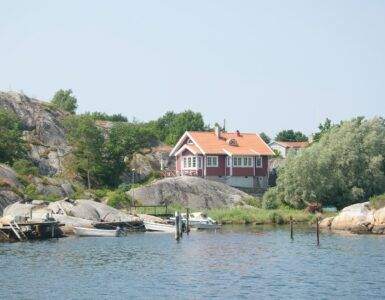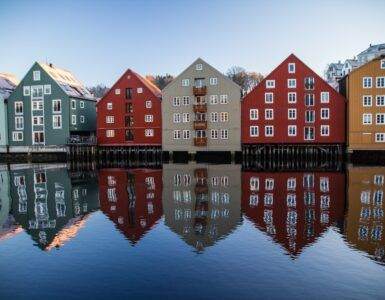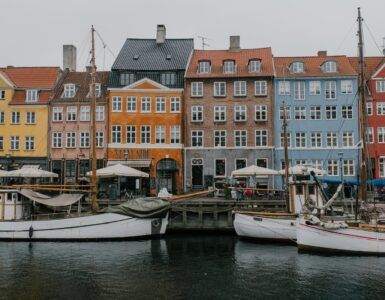Scandinavia is known for its unique approach to life, which emphasizes balance, contentment, and a strong connection to nature. Two of the most popular Scandinavian concepts that have gained international recognition are Danish “hygge” (cosiness) and Swedish “lagom” (balance).
“Hygge is the art of intentional coziness, while Lagom is the pursuit of a balanced life – both are beautiful in their uniqueness.”
Although they share some commonalities, these two philosophies also have distinct differences that shape the way Danes and Swedes perceive happiness and well-being. In this article, we will delve two cultural phenomena to better understand their differences and implications on lifestyle choices.
Table of Contents
- Hygge: The Danish Art of Cosiness
- Lagom: The Swedish Philosophy of Balance
- Comparing Hygge and Lagom: Key Differences
- Hygge and Lagom: Embracing Balance, Contentment, and Well-being
Hygge: The Danish Art of Cosiness
Hygge, pronounced “hoo-ga,” is a Danish concept that embodies the idea of creating an atmosphere of warmth, relaxation, and togetherness. It’s about embracing simple pleasures in everyday life and enjoying moments alone or with loved ones.
“Hygge: the art of embracing life’s simple pleasures, where warmth and comfort illuminate even the darkest moments, a sanctuary for the soul.”

Some hygge-inducing activities include:
- Lighting candles or using soft lighting to create a cozy atmosphere
- Wrapping up in a warm blanket while reading a good book
- Having a hot cup of tea with friends or family members
- Preparing homemade meals from scratch
The essence of hygge lies not just in tangible items but rather in the feelings they evoke – contentment, security, and emotional well-being.
Lagom: The Swedish Philosophy of Balance
Lagom, pronounced “law-gum,” is a Swedish term that translates roughly as “just enough,” “in moderation,” or “in balance.” This concept signifies finding harmony in all aspects of life by avoiding excessiveness or insufficiency. Unlike hygge’s primary focus on cosiness and comfort, lagom emphasizes sustainability, equality, and practicality.
“Lagom teaches us that the secret to contentment lies in embracing balance, cherishing simplicity, and finding harmony in life’s delicate dance.”

Some examples of lagom-inspired lifestyle choices include:
- Adopting a minimalist approach to home décor and personal belongings
- Consuming resources mindfully, such as energy or water, to reduce waste
- Striking a balance between work and leisure time
- Practicing mindfulness and gratitude for what one has
Lagom is about achieving equilibrium in various domains of life, which ultimately leads to an overall sense of satisfaction and well-being.
Comparing Hygge and Lagom: Key Differences
Both hygge and lagom are Scandinavian cultural philosophies that place a strong emphasis on promoting contentment, happiness, and overall well-being. Despite having these foundational similarities, there are noteworthy distinctions in their respective approaches to achieving these goals.
“Hygge is the art of creating warm and welcoming moments, while Lagom is the pursuit of balance in all aspects of life.”
Below I will describe some significant differences between the concepts of Hygge and Lagom.
Focus
Hygge is primarily concerned with creating cosy moments, environments, and experiences that evoke positive feelings of warmth, comfort, and a sense of togetherness among individuals. This philosophy encourages people to take pleasure in the simple things in life them as they share these moments with their loved ones.
“In Hygge we find comfort in togetherness, and in Lagom we find harmony through moderation.”
Materialism
Both of these philosophies focus on creating a comfortable and balanced lifestyle, but they approach materialism quite differently.
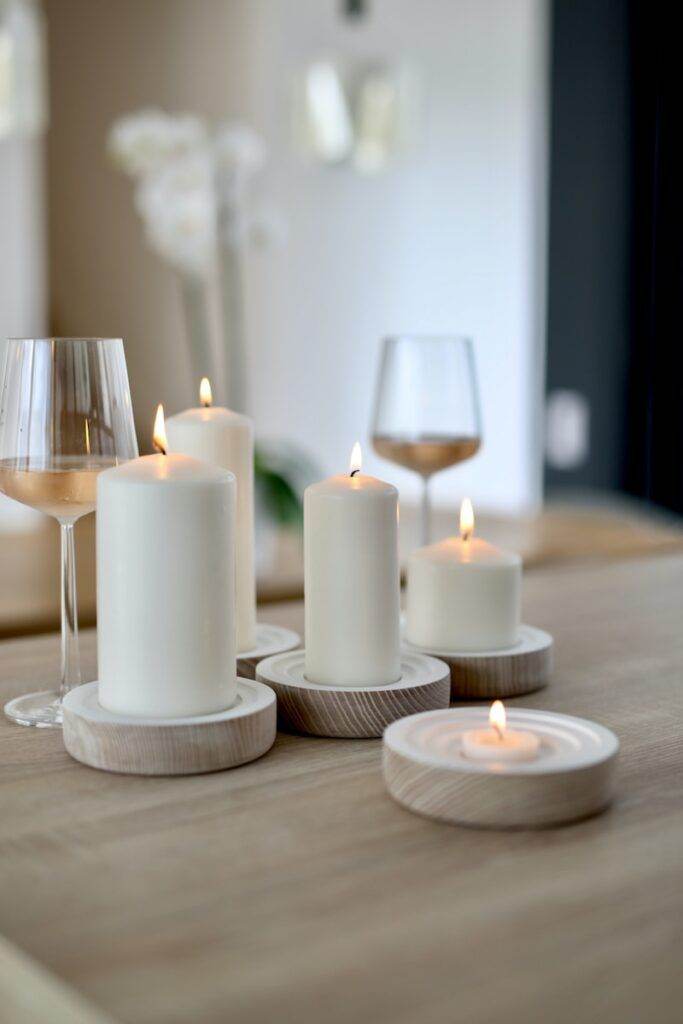
Hygge often involves utilizing specific material objects such as candles, cozy blankets, or warm drinks to enhance the atmosphere and create a sense of comfort in one’s surroundings. This practice is based on the idea that surrounding oneself with items that evoke warmth and happiness can effectively boost one’s overall mood and foster a harmonious environment.
“Hygge teaches us to embrace life’s simple pleasures, while Lagom reminds us that less can often be more.”
On the other hand, Lagom emphasizes balance in all aspects of life. In relation to material possessions, Lagom encourages minimalism and discourages excessive materialism. This philosophy promotes the idea that less is more – having just enough items to meet one’s needs while eliminating excess clutter ultimately leads to a more peaceful existence.
While both Hygge and Lagom emphasize the importance of creating an inviting atmosphere within one’s living space, they in their approach towards material possessions. Where Hygge might encourage indulging in cozy materials or decorative pieces to elevate ambiance, Lagom advocates for mindful consumption and decluttering – keeping only the essential items needed for daily living.
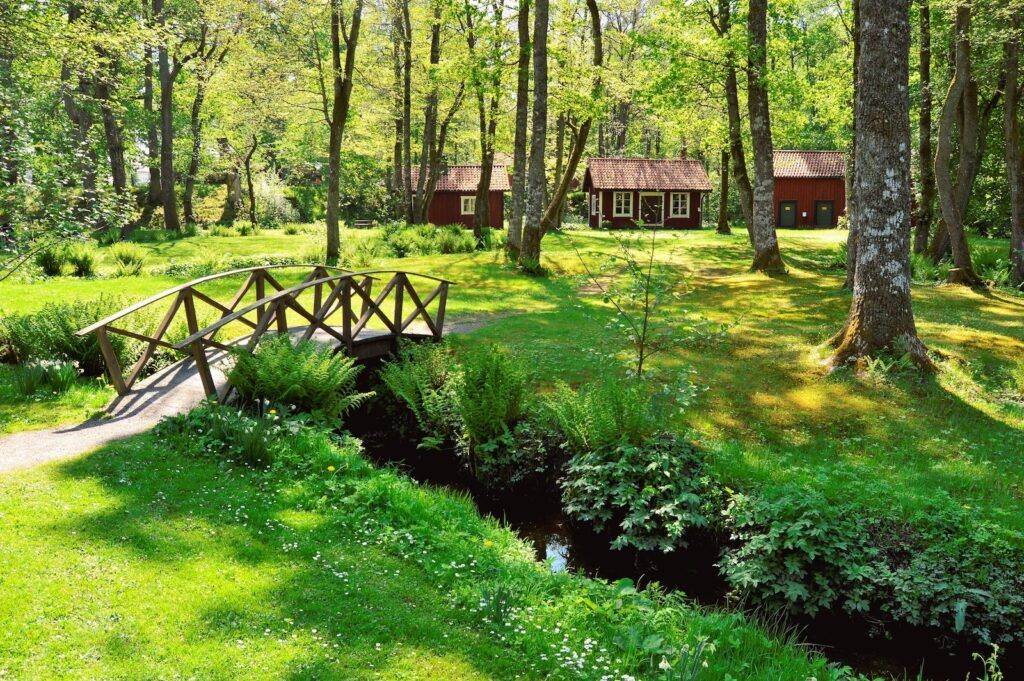
Social Interactions
Hygge strongly encourages gathering together with friends and family in order to strengthen interpersonal connections and foster a sense of community. This approach to life places great importance on the creation of warm, welcoming environments where individuals can come together each other’s company, often through shared experiences such as meals or cozy evenings spent indoors.
“The warmth of Hygge brings people together, while the balance of Lagom keeps our lives in check.”
On the other hand, lagom emphasizes the importance of discovering balance in various aspects of life, including social interactions. Rather than focusing solely on creating strong bonds with friends and family members like hygge does, lagom is more concerned with achieving harmony in our relationships by avoiding overcommitment or isolation. As such, this concept urges us to find a happy medium when it comes to engaging with others; one should not be too involved in social events that it becomes overwhelming nor too detached that it leads to feelings of loneliness or disconnection.

Work-life Balance
Hygge emphasizes the importance of creating of relaxation and comfort during one’s leisure time. It encourages individuals to take pleasure in simple activities such as reading a book, enjoying a warm drink, or spending quality time with loved ones. The overall goal of hygge is to promote an atmosphere of contentment and well-being in one’s daily life.
“Through Hygge, we create cozy atmospheres; through Lagom, we strive for a sustainable existence.”
Lagom advocates for a more balanced approach between work and personal life. Instead of focusing solely on moments of relaxation during leisure time, lagom emphasizes the need to find harmony in all aspects of one’s existence. This can include maintaining an equitable distribution of responsibilities at work and home, managing financial resources wisely, and fostering healthy relationships with family members and friends.
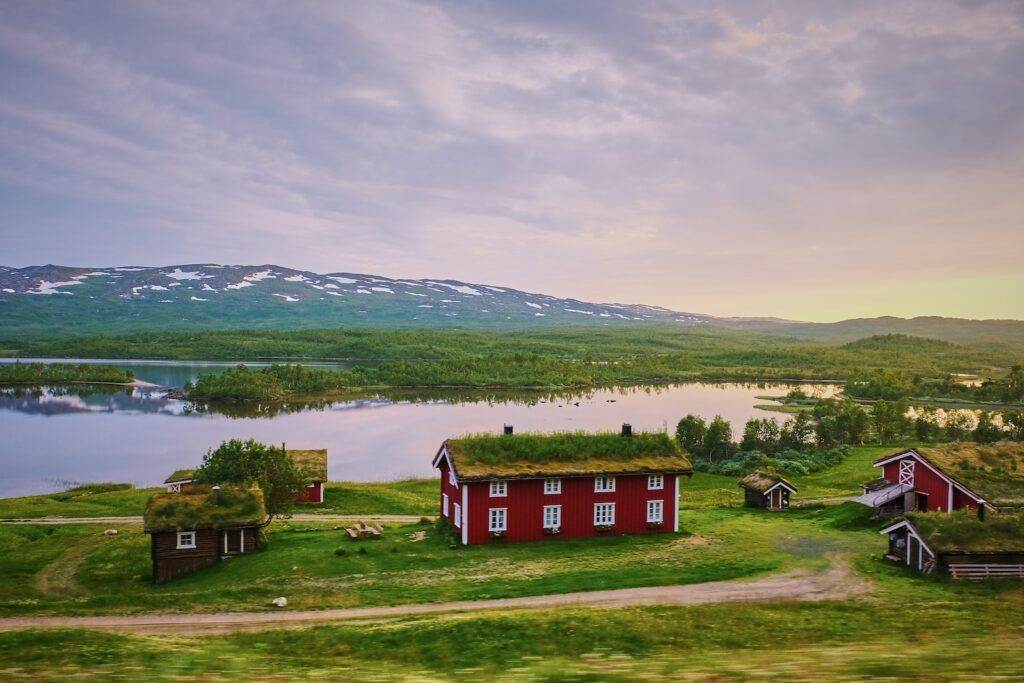
Sustainability
Lagom places a great deal of importance on addressing environmental concerns by actively promoting conscious consumption habits and minimizing waste. This approach encourages individuals to be more mindful of their impact on the environment, while also fostering sustainable living practices.
“In the warmth of Hygge, we find comfort; in the simplicity of Lagom, we find harmony.”
Hygge and Lagom: Embracing Balance, Contentment, and Well-being
Hygge which is mainly associated with Danish culture, doesn’t specifically focus on addressing these environmental issues. The core essence of hygge revolves around creating a cozy atmosphere and enjoying simple pleasures in life. Although both concepts share some similarities when it comes to prioritizing well-being and happiness, they differ significantly in terms of their direct involvement in promoting eco-friendly practices and responsible consumption patterns.

“Hygge and Lagom: two distinct paths to embrace the beauty of life’s simple pleasures.”
Understanding the key differences between the Danish concept of Hygge and the Swedish philosophy of Lagom can offer valuable insights into how we approach our lives. While both concepts promote a sense of balance, contentment, and well-being, they each have unique approaches. Hygge encourages us to seek out cozy moments and surround ourselves with warmth and loved ones, while Lagom emphasizes the importance of moderation, sustainability, and achieving harmony in all aspects of our lives. both philosophies, we can create a lifestyle that fosters happiness, encourages mindfulness, and cultivates a deep appreciation for life’s simple pleasures.
So go ahead – light some candles to evoke a sense of hygge or practice moderation by adopting lagom principles; either way, you’ll be on your way to living a more balanced and fulfilling life.
Last Updated on May 11, 2023

